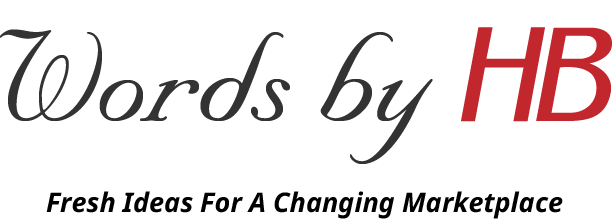All Charged Up & Ready To Go
According to Statistics Canada, over 80% of Canadians own a cell or Smart phone.
Mobile phones are an important part of many people’s lives. We constantly check our phones for calls, text messages and for those of us with Smart phones, we’re looking for email updates.
Cell phones have made it a little easier for most of us to reach out and touch someone we care about. They help us to feel connected to family, friends, loved ones and even our work.
With cell phones, we communicate with each other more often. We can now slip away from that colleague in the next cubicle to find some privacy; make that all-important personal phone call; contact friends when we’re running late; immediately connect with a loved one when we think of them.
The most maddening thing about cell phones, other than fixed-term contracts and upgrade options, is that customers have to remember to keep their phones charged. Otherwise, there’s the inconvenience of running out of juice.
Some shopping malls have solved the problem by providing their customers with charging stations. And more recently, a local mall began loaning portable chargers to its customers.
Visitors can stop by Guest Services where they’re supplied with a portable charger. The chargers’ service an iPhone or an Android – and they’re free and available on a first-come, first serve basis. Customers can walk freely through the mall, browsing, shopping and snacking to their hearts’ content while charging their phones.
It’s a little thing. But it’s the little things that mean a lot. What are you doing to make your customers’ lives a little easier?
Copyright © 2015






